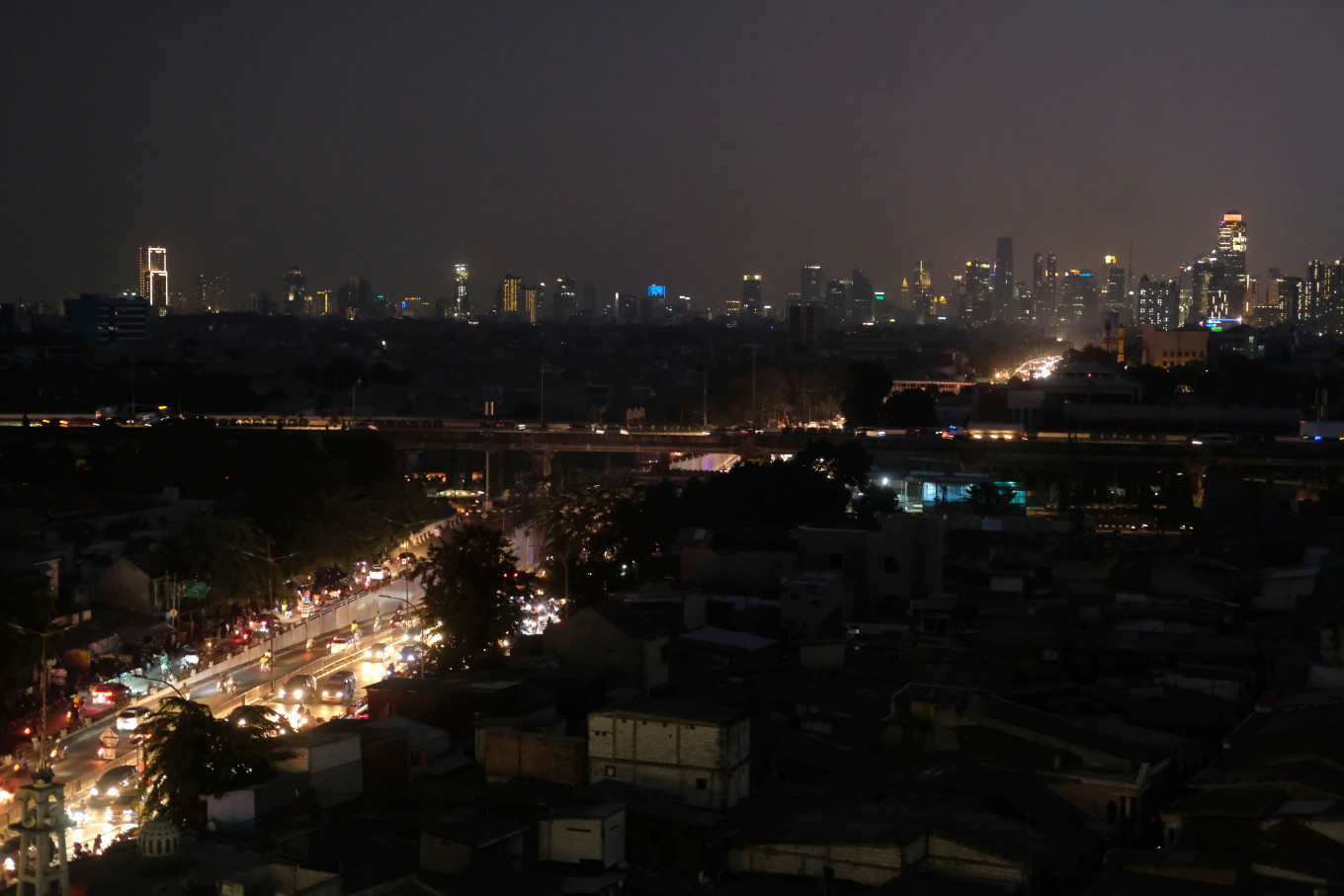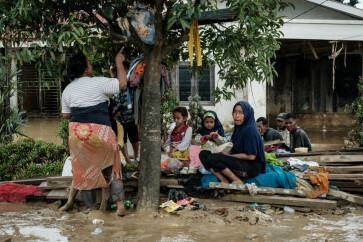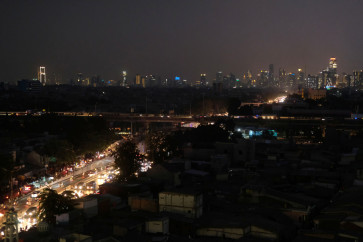Popular Reads
Top Results
Can't find what you're looking for?
View all search resultsPopular Reads
Top Results
Can't find what you're looking for?
View all search resultsBlackout in western Java: What we know so far
Even after the electricity was restored on Monday, there are still some questions left unanswered. Here’s what we know so far about Sunday’s major blackout:
Change text size
Gift Premium Articles
to Anyone
I
t was Sunday, 11:50 a.m, when suddenly the lights went out in Jakarta. It took a while before the public realized that the blackout was a major one, affecting at least 21.9 million customers, including industries and households, in Greater Jakarta, Banten and West Java.
The capital fell into disarray. The blackout also affected communications as some telecommunication companies struggled to maintain their operations due to the lack of power.
As a result, for some people, there was no way of knowing what was really happening. For those who are used to the cashless lifestyle, even cashing out their money posed a huge challenge as many ATMs were not operating during the blackout.
Commuter lines and the the MRT halted operations, while customers faced difficulties in accessing the usually much-reliable ride-hailing apps. Portable generators and emergency lamps were all sold out.
Micro, small and medium enterprises (MSMEs), mostly food sellers in Jakarta, Banten and West Java, suffered a 75 percent decline in sales and suffered more from stock losses.
Dozens of fires, caused by short-circuits and candles, resulted in burned-down houses and lives lost in Jakarta.
Even fish, mostly pet fish, became victims of the blackout.


















